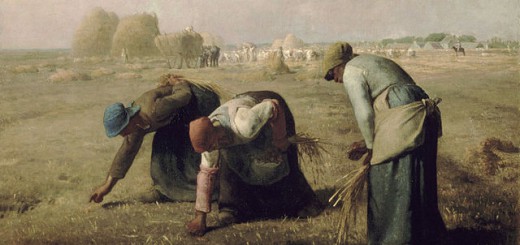I’m going to try to take a law of science and apply it to what happens when little, innovative, tech driven companies, in this case social networking companies, become gigantic companies with shareholders and quarterly earnings reports and such.
Galileo, who came up with The Square Cube Law, said that when an object grows in size, it’s volume increases faster than it’s area. Here’s a great video from MIT that’s meant for kids and will explain The Square Cube Law. In case you don’t feel like watching an educational science video, what it boils down to is tiny things like ants can have incredible strength (lifting 50x it’s own weight) while bigger creatures can only lift a portion of their own weight.
We’ll briefly switch away from science now and look at what’s happening with social networking companies, such as Twitter, LinkedIn, Facebook, etc.
When your company is privately held, or just has some angel or venture funding, there are fewer people to answer to, and you have more opportunity to do whatever you think will work. You can throw something against the wall, and see if it sticks. Basically, your small size is reflected in the number of people you need to get approval from. As you get bigger, you need to get approval from more and more people. When you’re public, you can’t even ask people anymore. You just need to do whatever you can to increase quarterly profits.
In 2014 Twitter introduced Fabric, “…a modular mobile platform that makes it easy for developers to build great apps.” It sounded like a great way to get more apps working on the Twitter ecosystem. In January 2017 it was announced that Google was buying up Fabric, various other parts of Twitter, and the employees associated with them, as well.
In late October 2016 Twitter shuttered Vine, a very popular short video format, as a cost saving measure. They did this even while trying to establish themselves as a video centric platform.
Prior to Snapchat going public, it introduced innovative things fairly regularly. Once it went public, we’ve heard little about innovation, about future interesting ways to message or about the hardware they said they were making.
Facebook is constantly adding functionality borrowed from competitors in a hodge podge fashion. It’s now a massive mess of functionality. Snapchat had stories, so Facebook added them. Twice. To Facebook and Facebook Messenger. Instagram, the amazing new kid on the block became a copy cat, too, after it was acquired by Facebook.
Big players lose flexibility and the ability to innovate fearlessly. They have to satisfy shareholders. They are ripe for small, new, unattached platforms to out innovate them and steal their audience. Can big companies, particularly in this case social networks, continue to innovate? They can, but they have to make it part of their mission, their DNA, their identity. It doesn’t happen by serendipity. It has to be intentional.




